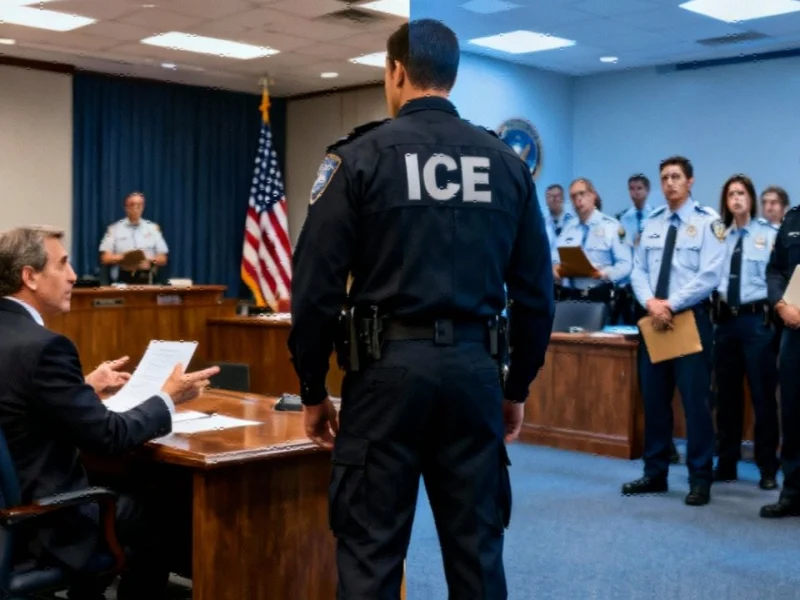Selective Pay Continuity During Federal Shutdown
The Trump administration has implemented a targeted payment strategy during the ongoing government shutdown, ensuring that border enforcement personnel receive compensation while hundreds of thousands of other federal employees face financial uncertainty. Internal communications obtained by Reuters reveal that US Immigration and Customs Enforcement (ICE) and US Customs and Border Protection (CBP) staff will receive special “superchecks” covering shutdown period wages.
DHS Commitment to Law Enforcement Personnel
Homeland Security Secretary Kristi Noem confirmed that over 70,000 law enforcement officers across multiple DHS agencies—including CBP, ICE, Secret Service, and Transportation Security Administration—will receive payment by October 22. This comprehensive compensation package covers all hours worked during both the shutdown period and the subsequent pay cycle, providing financial stability for personnel implementing the administration’s immigration priorities amid increasing public scrutiny.
The selective payment approach highlights the administration’s focus on maintaining border security operations despite the broader government funding impasse that began October 1. As border and immigration enforcement remains a cornerstone of domestic policy, this decision ensures continuity in critical security functions while other federal services experience disruption.
Broader Implications for Federal Workforce
The shutdown has suspended salary payments for approximately 800,000 federal workers nationwide, even as many continue working in roles deemed essential. The administration’s parallel commitment to pay military personnel and FBI agents suggests a strategic prioritization of security-related functions during budgetary standoffs.
This selective compensation approach raises questions about equity within the federal workforce and the criteria used to determine which agencies maintain operational funding during appropriations lapses. The situation demonstrates how government policy decisions can create disparate impacts across different sectors of public service.
Technological Infrastructure in Border Operations
Modern border security relies heavily on advanced technological systems that require consistent operation and maintenance. The assurance of continued funding for border personnel suggests parallel support for the complex monitoring and detection systems that form the backbone of contemporary immigration enforcement. These technological assets represent significant ongoing investments in national security infrastructure.
The continuity of border operations during shutdown conditions underscores the critical role of specialized computing systems in maintaining security functions. As enforcement agencies increasingly depend on sophisticated digital tools, reliable funding becomes essential for both personnel and the technological ecosystems they operate.
Economic and Industrial Context
The selective payment program occurs against a backdrop of significant global supply chain transformations affecting multiple industrial sectors. While border agencies receive assured funding, other government functions connected to trade and commerce face disruption, potentially complicating broader economic coordination.
Financial markets continue monitoring how institutional investment strategies respond to government instability. The shutdown’s selective impact on different agencies may influence how various economic sectors assess regulatory and policy consistency in their strategic planning.
Regulatory and Compliance Dimensions
The situation highlights ongoing challenges in regulatory compliance and oversight during periods of government dysfunction. While border enforcement maintains funding, other regulatory functions may experience operational gaps that could have longer-term implications for policy implementation and enforcement consistency.
As the administration navigates this partial shutdown, the decision to prioritize certain agencies reflects broader policy priorities and operational necessities in the current political landscape. The approach demonstrates how crisis management strategies can reveal underlying institutional values and strategic focus areas within the federal government.
The ongoing situation continues to evolve as Congress and the administration work toward a resolution that would restore full funding across all government agencies and functions.
This article aggregates information from publicly available sources. All trademarks and copyrights belong to their respective owners.



